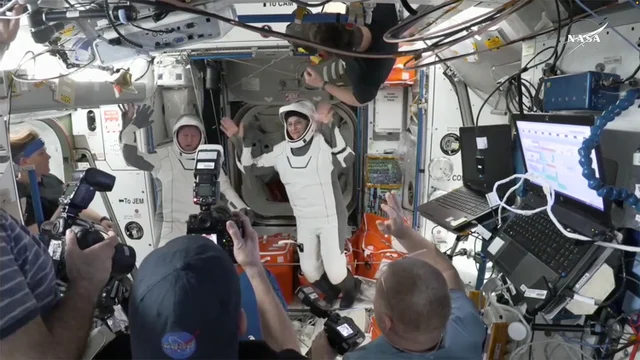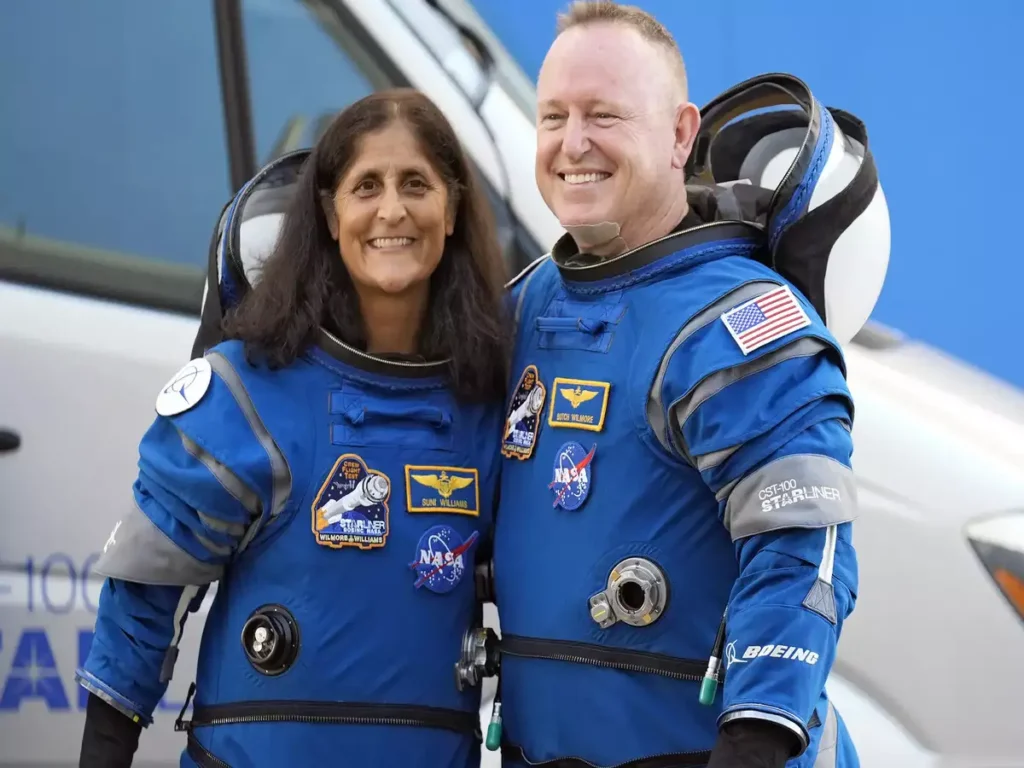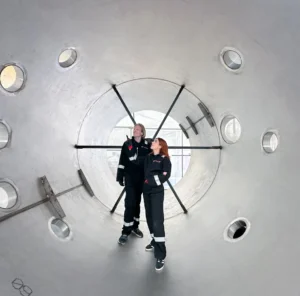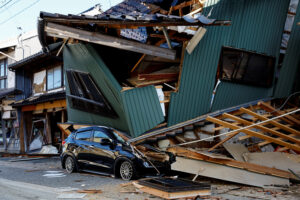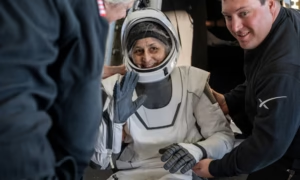Astronauts Returning to Earth Face Major Physical and Mental Adjustments After Prolonged Spaceflight
After nearly nine months in space, astronauts Barry “Butch” Wilmore and Suni Williams are making their way back to Earth, preparing to undergo a complex process of readjustment to life under gravity. While their mission aboard the International Space Station (ISS) provided valuable insights into human endurance in space, it also subjected their bodies to profound physiological and psychological changes.
Astronauts’ Bodies Change in Space: What Happens?
Long-term exposure to microgravity alters the human body in multiple ways. Without Earth’s gravitational pull, astronauts experience a redistribution of fluids, loss of bone density, muscle atrophy, and even changes at the cellular level. Their spines elongate, making them appear taller in space, and they develop a phenomenon called “puffy face syndrome” due to fluid shifting upward, while their legs appear thinner, earning the nickname “chicken legs.”
NASA flight surgeons monitoring Wilmore and Williams report that they are in good health despite their extended stay in space. However, their bodies will undergo a period of adaptation upon returning to Earth’s gravity, as their muscles and bones regain strength and their inner ear readjusts to balance and coordination.
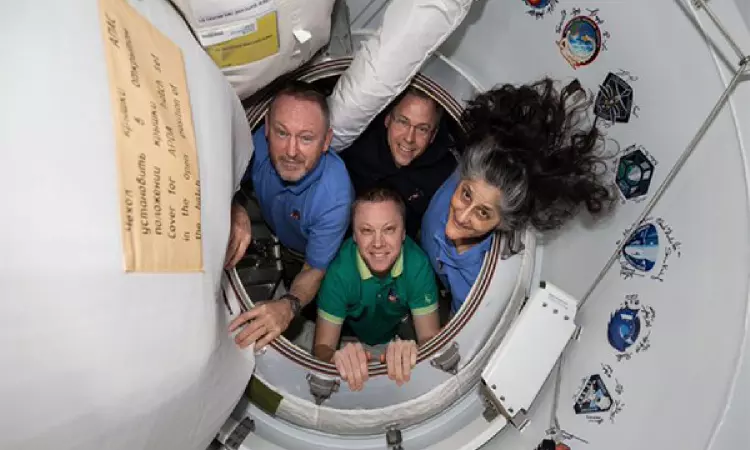
The Impact of Microgravity on Astronauts’ Health
The absence of gravity leads to significant physiological changes. Muscle loss begins almost immediately after entering microgravity, with astronauts experiencing up to a 33% reduction in muscle fiber size in just two weeks. Without weight-bearing activities, bones lose density at an alarming rate—some studies suggest that astronauts can lose as much as 1.5% of their bone mass per month. This level of bone deterioration is comparable to what postmenopausal women experience over the course of a year.
To mitigate these effects, astronauts follow a strict exercise regimen, engaging in approximately 2.5 hours of physical activity per day. They use specialized equipment such as treadmills, stationary bicycles, and the Advanced Resistive Exercise Device (ARED), which mimics weightlifting. Despite these preventive measures, rehabilitation upon return to Earth remains a crucial part of an astronaut’s post-mission recovery.
Challenges with Circulation and Vision in Space
Another major concern for astronauts is fluid redistribution. On Earth, gravity keeps fluids in the lower half of the body, but in space, liquids shift toward the head, leading to facial puffiness and increased intracranial pressure. This pressure can alter the shape of the eye, leading to blurred vision. NASA refers to this as Spaceflight Associated Neuro-Ocular Syndrome (SANS), which has been observed in numerous astronauts returning from long-duration missions. Some astronauts experience persistent changes in their vision, requiring corrective eyewear even after their return.
Studies have also found that fluid shifts in space can impact the brain. MRIs conducted on astronauts post-flight revealed enlargement of the brain’s ventricles, though the long-term effects of this change are still being researched.
DNA and Immune System Changes in Astronauts
Time in space doesn’t just impact bones and muscles—it also affects astronauts’ immune systems and even their DNA. NASA research indicates that prolonged space missions can weaken immune responses, making astronauts more susceptible to infections. Additionally, the intense radiation exposure in space can chemically modify DNA, potentially increasing the risk of long-term health complications.
In a study comparing astronaut Scott Kelly to his identical twin brother, retired astronaut Mark Kelly, researchers found that Scott’s DNA underwent modifications while in space. Surprisingly, his telomeres—the protective ends of chromosomes associated with aging—lengthened in space but shortened rapidly upon returning to Earth. Scientists believe this may be linked to the healthier lifestyle astronauts maintain while in space, including consistent exercise and a regulated diet.
The Readjustment Process: Returning to Earth’s Gravity
The journey back to Earth presents unique challenges. Without the constant resistance of gravity, the cardiovascular system becomes deconditioned, meaning astronauts’ hearts don’t need to pump as hard. As a result, they must undergo fluid-loading protocols before re-entering Earth’s atmosphere. This involves increasing salt and water intake, along with wearing compression garments to help redistribute fluids properly.
Once back on solid ground, astronauts are not immediately released to return home. NASA follows a strict reconditioning program, keeping returning crew members at Johnson Space Center in Houston for medical evaluations. Rehabilitation includes strength training, coordination exercises, and cardiovascular conditioning to help astronauts regain their normal functionality. The duration of this recovery period varies by individual, but most astronauts recover significantly within days or weeks.
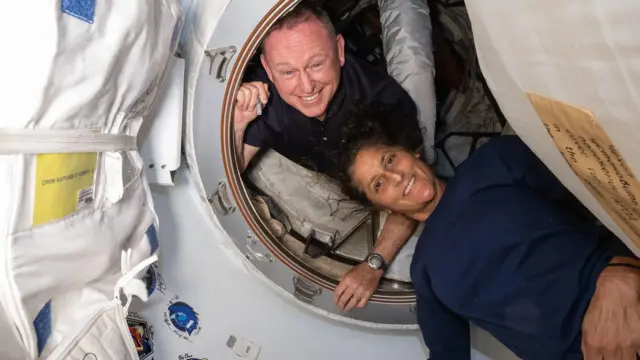
Mental and Psychological Effects of Space Travel
Beyond physical challenges, the mental effects of prolonged space missions are significant. Many astronauts report experiencing the “overview effect”—a psychological shift in perspective after viewing Earth from space. The sight of the planet without political borders or geographical divisions often leads to a heightened sense of unity and appreciation for humanity.
However, transitioning back to life on Earth can also be emotionally complex. Some astronauts feel a sense of loss when they leave space, as they must readjust to everyday routines that no longer include the awe-inspiring views of Earth from orbit. NASA provides psychological support and debriefing sessions to help astronauts cope with these emotional shifts.
The Future of Long-Duration Space Travel
As space agencies and commercial ventures prepare for longer missions—such as establishing a human presence on the Moon and eventually sending astronauts to Mars—understanding the full effects of spaceflight on human health is more critical than ever. NASA continues to conduct studies to improve countermeasures against muscle and bone loss, vision impairment, immune system changes, and the psychological toll of space travel.
New technologies, including space-adaptive exercise equipment and innovative medical monitoring systems, are being developed to ensure that astronauts can safely endure extended missions beyond low Earth orbit. The goal is to equip future space travelers with the tools and knowledge needed to thrive in deep space environments.
Astronauts Wilmore and Williams: Ready for Earth’s Challenges
Despite their extended stay in space—far longer than initially planned—Wilmore and Williams are expected to recover well, thanks to NASA’s extensive training and rehabilitation protocols. Both astronauts have previous experience in space, making them well-prepared for the physical and mental demands of re-entry and readjustment.
While the transition back to Earth will be challenging, the data gathered from their mission will contribute valuable insights to future space exploration efforts. Their journey serves as another step toward humanity’s long-term goal of exploring and living in space.
For now, as Wilmore and Williams prepare for their splashdown and eventual return to normal life, they carry with them the profound experience of space travel—an experience that few will ever know but one that continues to shape the future of human exploration beyond Earth.
